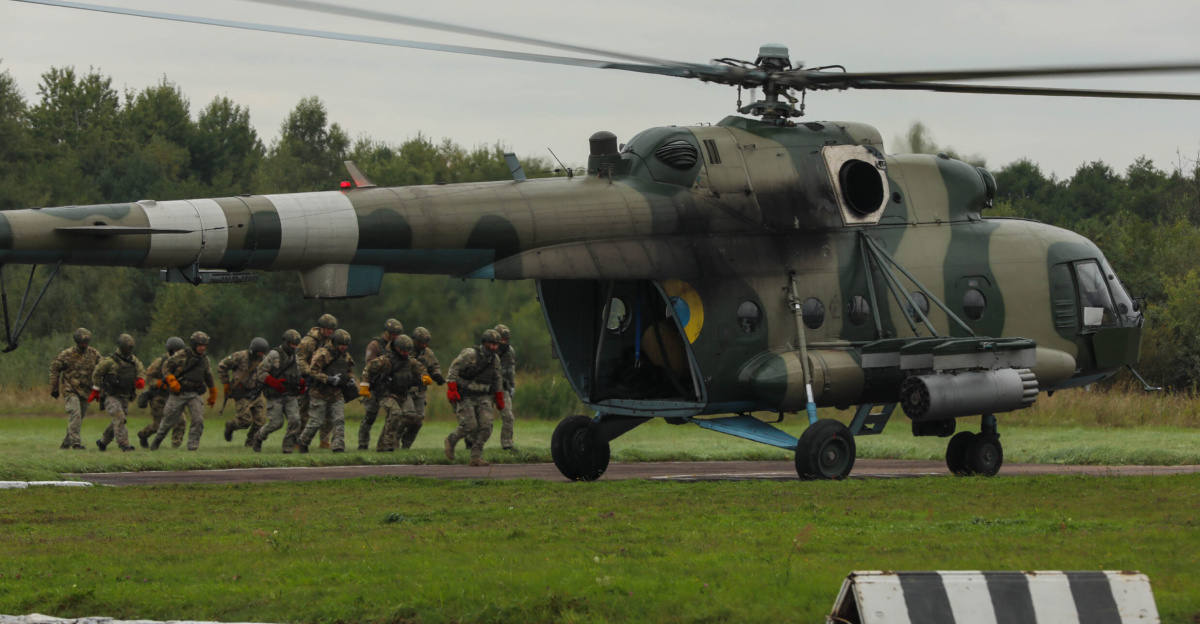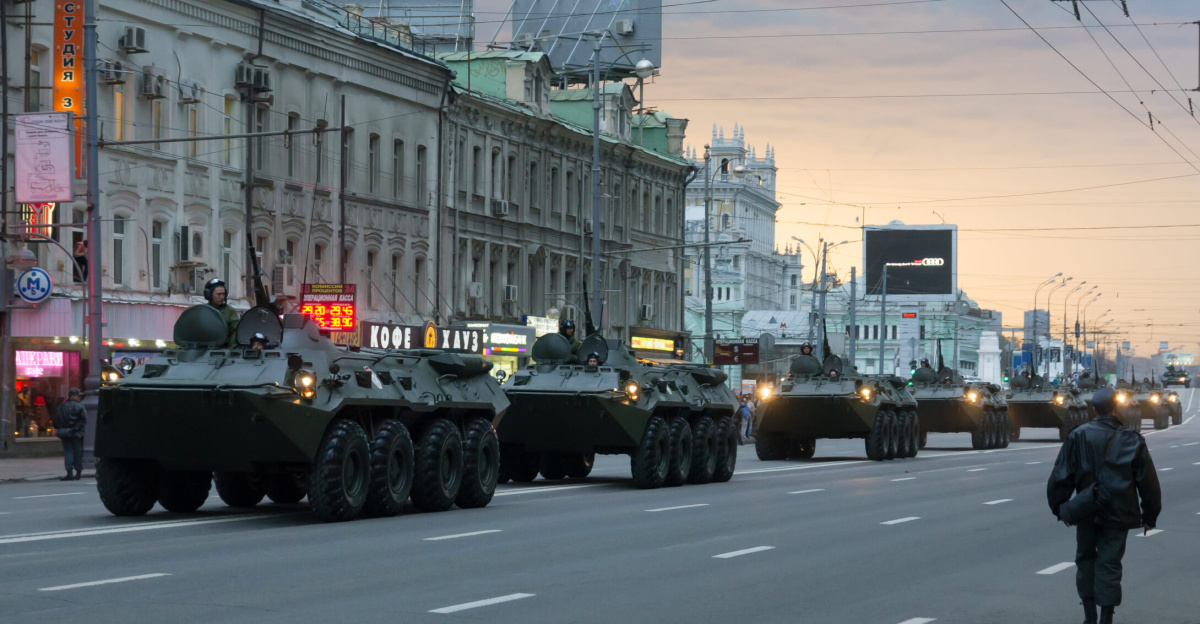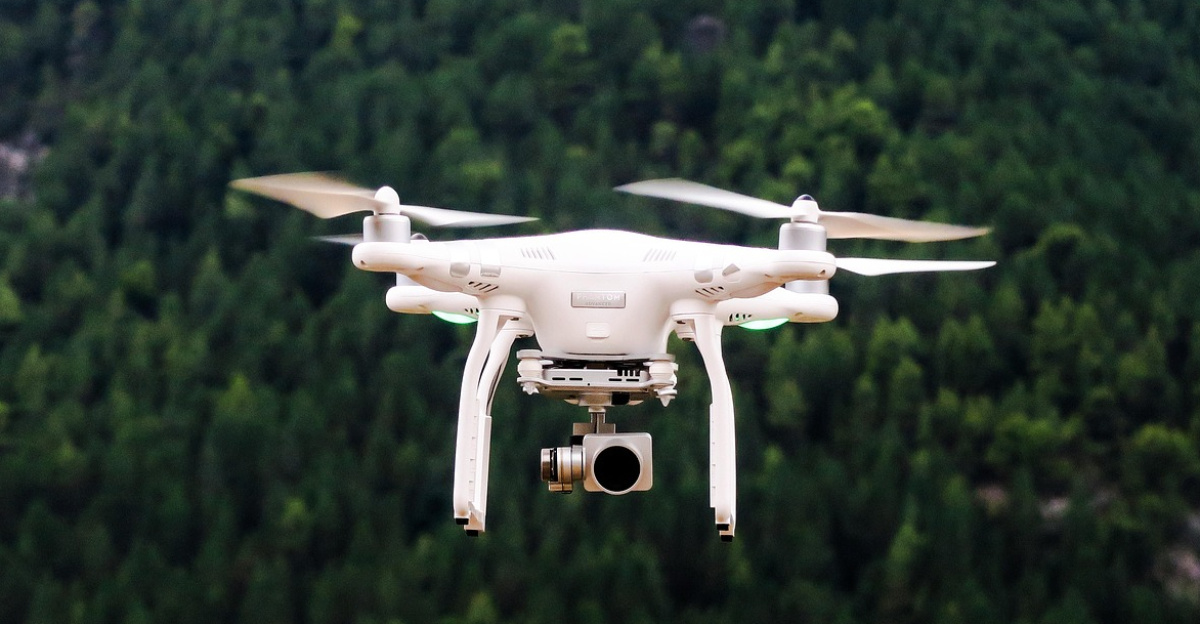
On October 16, 2024, in Russia’s Kursk Oblast, two armored vehicles met at a distance so close that drone footage captured one of the war’s most intimate clashes. Military analysts worldwide scrutinized the encounter, with some calling it unprecedented in modern warfare. This battle, between Ukrainian and Russian forces, has come to symbolize shifting expectations about armored combat and the evolving dynamics of the conflict in Kursk.
Border Breach and Ukrainian Advance

Ukraine’s campaign in Kursk began with a surprise attack in August 2024, exploiting a gap in Russian defenses that had been overlooked for years. While Moscow had fortified eastern and southern Ukraine, Kursk remained guarded only by border patrols and inexperienced conscripts. Ukrainian forces, executing a carefully planned operation, seized control of over 1,000 square kilometers and claimed 74 settlements within days. The rapid advance forced Russia to redeploy more than 50,000 troops northward, disrupting its broader military strategy. However, the fighting quickly intensified, with some Ukrainian units suffering casualty rates as high as 50 percent. The question loomed: could Ukraine maintain its hold on Kursk under mounting Russian pressure, or was its position becoming untenable?
Russian Counteroffensive and Escalating Losses

By early October, Russia had shifted momentum, launching counterattacks along Kursk’s western edge and reclaiming territory. Casualty figures reflected the brutality of the fighting—Ukraine reported 62,400 Russian losses, while Moscow cited lower numbers. Ukrainian troops described dwindling morale and shortages of supplies. In a notable development, North Korea sent at least 3,000 troops to support Russian operations, further complicating the battlefield. Ukrainian commanders faced a strategic dilemma: whether to continue defending the costly Kursk territory or redirect resources to the critical Donbas region. This tension set the stage for the dramatic armored clash on October 16.
The 50-Foot Armored Clash
On that day, two Ukrainian T-64 tanks from the 17th Tank Brigade maneuvered near a treeline when a Russian armored personnel carrier (APC) charged toward them, closing the gap to just 50 feet. One Ukrainian tank fired a 125-millimeter round, instantly destroying the APC. Remarkably, three Russian soldiers survived the initial blast and escaped the wreckage, with one running so close to the Ukrainian tank that he could have touched its turret. The Ukrainian crew did not fire their machine gun, and the reasons for their restraint remain unclear. The survivors took cover behind the destroyed vehicle until a nearby grenade explosion forced them to move. Analysts speculated that the Russian APC crew may have mistaken the Ukrainian tanks for abandoned vehicles, possibly due to engine smoke indicating damage. The incident highlighted the chaos and unpredictability of frontline combat in Kursk.
Tactics, Technology, and Vulnerabilities

The battle underscored stark differences in tactical approaches. Ukrainian forces demonstrated disciplined coordination, using drones for real-time reconnaissance and precise targeting. Their T-64 tanks, equipped with 125-millimeter smoothbore guns and autoloaders, delivered rapid, powerful strikes at close range. In contrast, the Russian APC’s charge suggested a breakdown in communication or intelligence—a recurring issue for Russian units in Kursk. The Institute for the Study of War noted that Russian forces often lacked integrated networks and effective reconnaissance, leading to costly tactical errors. Drone footage of the October 16 clash was quickly shared among Ukrainian analysts, illustrating the effectiveness of Ukraine’s intelligence-sharing network. Meanwhile, Russian reconnaissance remained limited, forcing risky maneuvers that frequently resulted in heavy losses.
Strategic Implications and Uncertain Future

The Kursk campaign has exacted a heavy toll on both sides. By December 2024, Ukrainian forces faced extreme pressure, with some company commanders reporting casualty rates of 50 percent. Russian counterattacks had reclaimed roughly 40 percent of Ukraine’s territorial gains, and North Korean troops suffered thousands of casualties while adapting to the battlefield. The October 16 engagement briefly showcased Ukrainian tactical dominance, but by year’s end, strategic momentum had shifted against Ukraine. Ukrainian leaders debated whether to fortify their positions with mines and artillery or withdraw to preserve forces for the Donbas. Ultimately, they adopted a middle path, maintaining core positions while reducing offensive operations. Experts remain divided on the value of the Kursk campaign: while it disrupted Russian plans and captured territory, it also consumed resources needed elsewhere. As of November 2025, fighting continues with reduced Ukrainian holdings and mounting casualties. The 50-foot clash stands as a vivid example of modern warfare’s grinding reality—neither a decisive triumph nor a clear defeat, but a moment that encapsulates the high stakes and uncertain future of the conflict.